HTC Thunderbolt Review: The First Verizon 4G LTE Smartphone
by Brian Klug on April 27, 2011 12:12 AM EST- Posted in
- Smartphones
- HTC
- Verizon
- LTE
- 4G
- Android
- HTC Thunderbolt
- Mobile
- MDM9600
- MSM8655
The rear of the Thunderbolt is divided in two. The top battery cover area is coated with HTC’s favorite black soft touch material, and down below is a beefy kickstand that seems at least twice as wide as the EVO’s. Underneath the kickstand is the Thunderbolt’s speakerphone grille.
Further down is a small rubber plug dead center in the back of the phone. If you can manage to wry it loose, underneath is what looks like a test port for the CDMA RF path rather than an external antenna connector. It’s difficult to get out, and even more difficult to get back in straight.
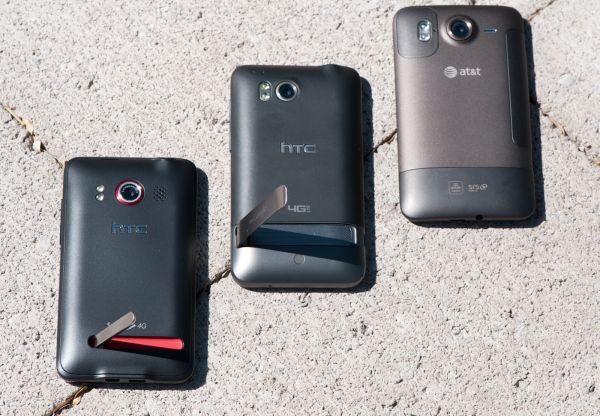 Kickstands (Left to Right): HTC EVO, HTC Thunderbolt, HTC Inspire
Kickstands (Left to Right): HTC EVO, HTC Thunderbolt, HTC Inspire
The kickstand seems to be something HTC always does on its absolute latest and greatest, and clearly alludes to HTC’s other 4G first with WiMAX. The EVO and Thunderbolt both have kickstands, though I have to admit that I like the Thunderbolt’s better. It works in landscape and portrait, though landscape is clearly the intended orientation. It’s bigger and beefier, and feels more secure in both orientations than the EVO’s does as a result.
My only complaint is that there’s some sort of coating material on the kickstand metal which has begun chipping off, making a weird discolored pattern right where the kickstand contacts the surface it rests on. Likewise, on the rear where it is coplanar with surfaces, it has begun chipping off. I’m not abusive with my own devices (nor review units), it’s just seriously peeling off.
The design language of the Thunderbolt is clearly inspired by the HTC Desire HD (and its AT&T variant, the Inspire 4G, which I picked up for personal use). Side by side, it’s obvious that these two share a ton of industrial design notes.
The recessed chrome earpiece grille with notification LED below, button schema, and edge curvature radius is all the same. I can see how the recessed notification LED could be a huge pain. Green is a bit hard to see, orange for charging seems much easier. To me this looks about the same between the Desire HD and Thunderbolt.
Where the two differ most notably is construction. The Desire HD is primarily metal of the same sort the Nexus One came clad in, HTC’s favorite purple/grey material. Unlike its cousin, the Thunderbolt is almost entirely plastic, though the rough matte polish of the device cleverly disguises this concession. HTC is clearly marching in the direction of unibody metal phones, as evidenced by the Sensation/Pyramid.
So why plastic for the Thunderbolt? The reason might be RF, as the Deisre HD leverages the battery compartment door’s RF window to hide a WiFi antenna, and the SIM card slot at the bottom for cellular (as does the Sensation). The Thunderbolt can’t make any such concession, being literally stuffed full of antennas. Likewise, perhaps sheer size also necessitated plastic to keep mass reasonable. Either way, the Thunderbolt scuffs and deforms like plastic if you drop it, I’ve had it in my pocket long enough that I’ve dropped it twice already, creating such scuffs.
Button placement and responsiveness are totally fine. The power button is up at top and protrudes enough for easy location with the index finger when held in either hand. On the other side is the headset jack, and next to it is a noise cancellation microphone.
On the far right is the volume rocker which is adequately clicky. Subjectively, the Thunderbolt’s volume buttons seem far easier to manipulate than the Desire HD’s, whose buttons blend into the battery cover door and are far too smushy. (As an aside, HTC supposely knows about this problem and is redesigning the battery door and offering replacement doors if you’re an Inspire/Desire HD owner.)
The Thunderbolt’s microUSB port is on the bottom left of the device. The only thing on the far bottom of the phone is the microphone port.
Overall construction of the Thunderbolt is good, though I still think the Desire HD’s real metal unibody design is far more rugged. HTC industrial design seems to be headed squarely in the metal-unibody route if designs like the Sensation and others like the Desire S or Incredible 2 say anything. I’m definitely excited about those, going forward.
| Physical Comparison | ||||||
| Apple iPhone 4 | LG Optimus 2X | HTC EVO 4G | HTC Thunderbolt | |||
| Height | 115.2 mm (4.5") | 123.9 mm (4.87") | 121.9 mm (4.8") | 122 mm (4.8") | ||
| Width | 58.6 mm (2.31") | 63.2 mm (2.48") | 66.0 mm (2.6") | 67 mm (2.63") | ||
| Depth | 9.3 mm ( 0.37") | 10.9 mm (0.43") | 12.7 mm (0.5") | 13.2 mm (0.52") | ||
| Weight | 137 g (4.8 oz) | 139.0 grams (4.90 oz) | 170 g (6.0 oz) | 183.3 g (6.46 oz) | ||
| CPU | Apple A4 @ ~800MHz | NVIDIA Tegra 2 Dual-Core Cortex-A9 (AP20H) @ 1 GHz | 1 GHz QSD8650 65 nm Snapdragon | 1 GHz MSM8655 45 nm Snapdragon | ||
| GPU | PowerVR SGX 535 | ULP GeForce | Adreno 200 | Adreno 205 | ||
| RAM | 512MB LPDDR1 (?) | 512 MB LPDDR2 | 512 MB LPDDR1 | 768 MB LPDDR2 | ||
| NAND | 16GB or 32GB integrated | 8 GB integrated, up to 32 microSD | 1 GB integrated, 8 GB microSD preinstalled | 4 GB NAND with 32 GB microSD Class 4 preinstalled | ||
| Camera | 5MP with LED Flash + Front Facing Camera | 8 MP with autofocus, LED flash, 1080p24 video recording, 1.3 MP front facing | 8MP with dual LED Flash and 1 MP Front Facing camera | 8 MP with autofocus and dual LED flash, 720p30 video recording, 1.3 MP front facing | ||
| Screen | 3.5" 640 x 960 LED backlit LCD | 4” 800 x 480 IPS | 4.3” 800 x 480 LCD-TFT | 4.3” 800 x 480 LCD-TFT | ||
| Battery | Integrated 5.254Whr | Removable 5.6 Whr | Removable 5.5 Whr | Removable 5.18 Whr | ||
The Thunderbolt's packaging is a bit of a departure from the rest of the Verizon 4G LTE box artwork. It's a striking black affair with embossed Verizon and HTC lettering. The inside is blood red Verizon color. Inside is the phone with microSD card preinstalled, USB cable, charger, and manuals.
I've also put together a rather long video review of the HTC Thunderbolt with a demonstration of practically everything, though I'll link to pertinent parts throughout this review.


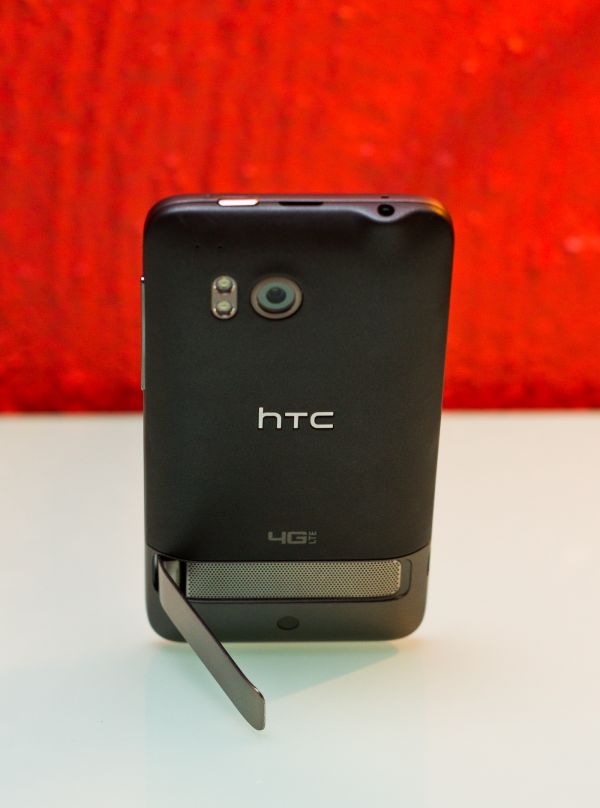
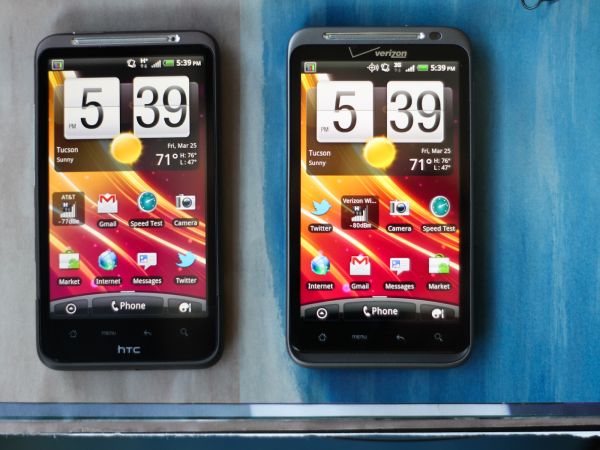
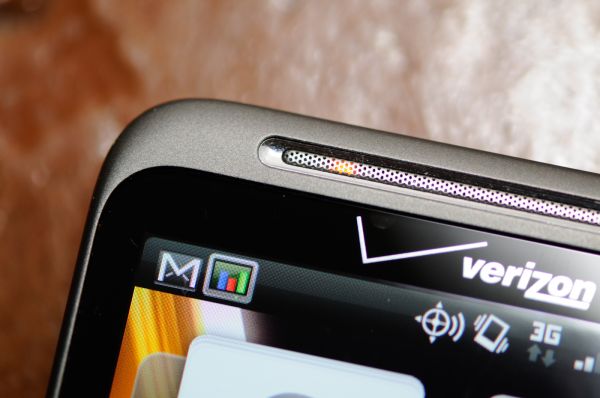

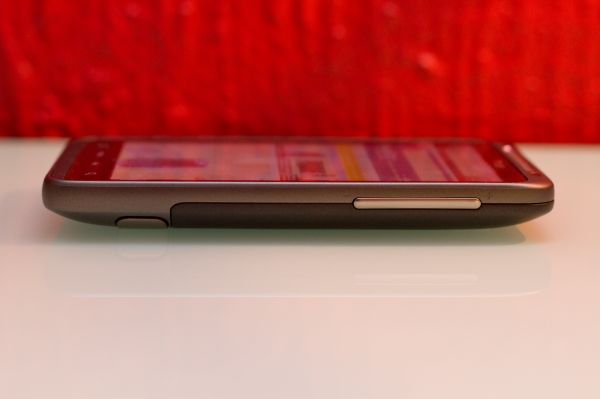
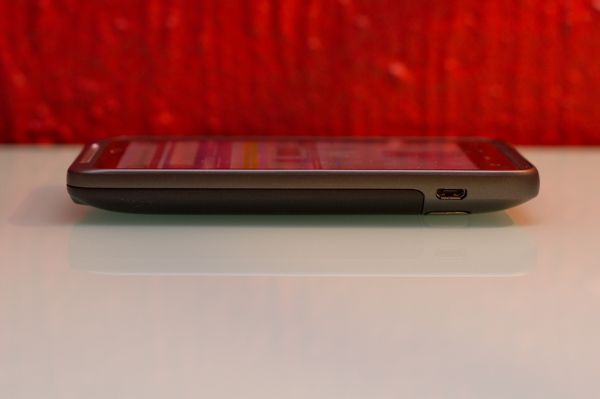
















71 Comments
View All Comments
hans007 - Wednesday, April 27, 2011 - link
i live in the bay and bought the tbolt.and WOW its like 10-20 mbps down. its insane fast. not to mention having used t-mobile before this (and i also used virgin mobile for about 3 weeks... which uh was pretty uneven honestly) the verizon network is bar none better than either of those (i dont use at&t but i hear it is horrible up here)
7Enigma - Wednesday, April 27, 2011 - link
I will second the request for a permanent post # for referencing. I know the embedded message makes this more difficult but it could simply be the start of a string gets a post number and followups a second number (or letter as rarely do comments get over 20+ replies). I know I've given up several times when I want to go back to an older article to see if the author responded to one of my comments and can't find it without reading every single one.Hopefully something like this can be implemented in the near future as the comment system has really been the only thing lacking on Anandtech compared to other hardware review sites.
Brian Klug - Wednesday, April 27, 2011 - link
We've been looking to add some features lately, I'll be sure to bring comment permalinking up. It might be a little while, but I totally agree.-Brian
CrystalBay - Wednesday, April 27, 2011 - link
Yea , nice job Brian...Omid.M - Wednesday, April 27, 2011 - link
Brian,Does it have dual mics, i.e. for noise cancellation?
I'm surprised at how many phones don't have this or at least don't advertise it.
@moids
Brian Klug - Wednesday, April 27, 2011 - link
Indeed it does, there's one up at the top near the headset jack which is used for noise cancellation. I found suppression to be very good. You can see the mic port here: http://www.anandtech.com/Gallery/Album/1039#21The problem with audio sounding strange when recording videos is still present, though HTC is going to fix this in an update soon, I'm told.
-Brian
SRHelicity - Wednesday, April 27, 2011 - link
Great review, Brian! As another commenter noted, this review is thorough and detailed. Good stuff!pandemonium - Wednesday, April 27, 2011 - link
It got me really thinking about the basis of why Verizon and Sprint are pushing their LTE out.With how fast smart phones are being adopted by the general public, they better get a faster move on with their LTE coverage. I can't imagine not being able to simultaneously use data and voice being on a widely covered UMTS service compared to the lacking LTE coverage and the need for a dual transceiver device.
softdrinkviking - Wednesday, April 27, 2011 - link
sorry to hear you were sick, brian. i know how it can be to get the double knockout, not so fun. :(nice to see this kind of form factor in the mix as it is exactly what i'm looking for.
do you, or anyone reading know if there are any similar designs around with a better screen? (ips)
i wonder what the refresh of the Dell streak 5" will add up to, if it's ever coming out?
Stuka87 - Wednesday, April 27, 2011 - link
Why is it so many (if not all) of the 4G phones out there are freaking huge?!Is this just a way of trying to move them farther up market, or what? I know there are people that want a larger device. But really, I like the smaller form factors. I would never even consider getting this device because of its size.